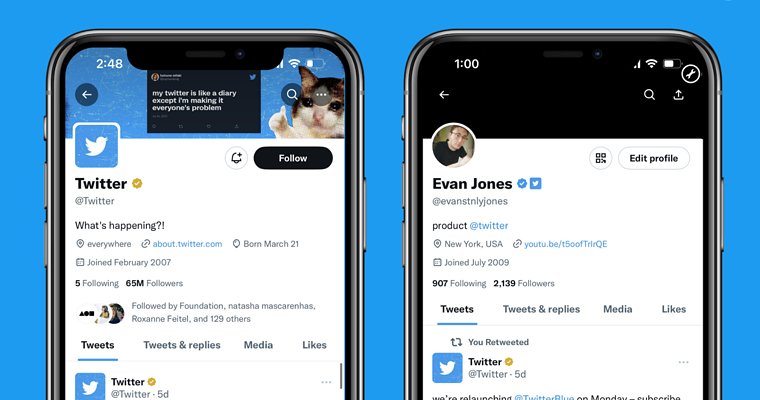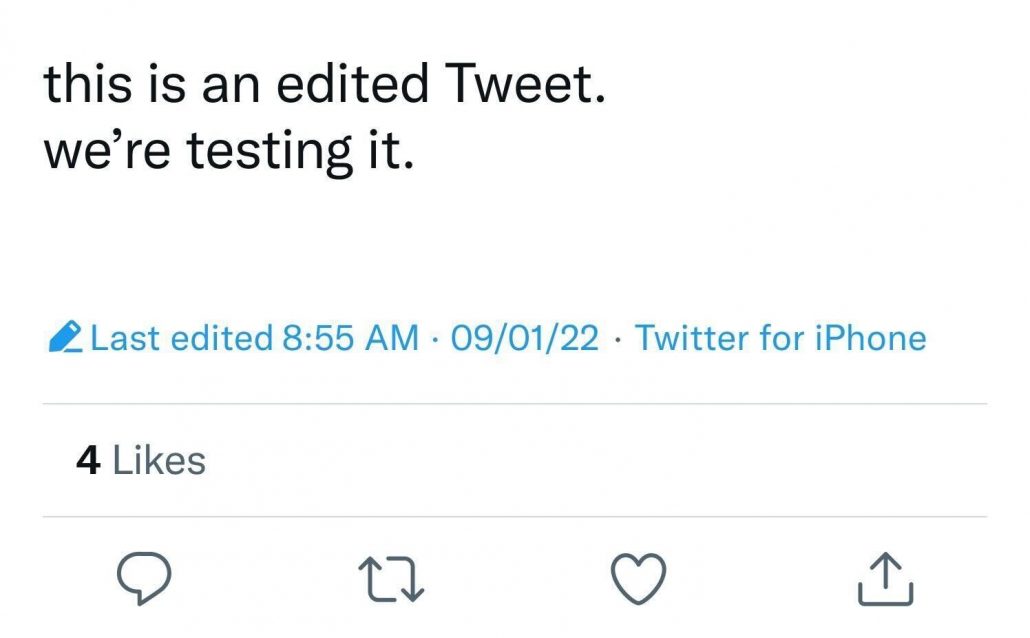X (formerly Twitter) is likely to do away with free accounts in the near future and shift to a strictly paid business model according to a recent statement from owner Elon Musk.
Rumors had been swirling that Musk is considering moving away from free accounts, and the controversial business leader confirmed as much in a live-streamed interview with (similarly controversial) Israeli Prime Minister Benjamin Netanyahu earlier this week.
In the discussion, Musk mentioned that he X is “moving to a small monthly payment” as a solution to problems on the platform.
Specifically, Musk said this approach is “the only way I can think of to combat vast armies of bots. Because a bot casts a fraction of a penny – call it a tenth of a penny – but even if it has to pay … a few dollars or something, the effective cost of bots is very high.”
How this paid model would prevent issues that have been seen on other platforms with a small entry fee is unclear.
At the same time, it is hard to believe Musk isn’t also considering introducing a mandatory fee for users as a solution to continuously dwindling ad revenue.
Since taking over Twitter, ad revenue has fallen throughout Musk’s ownership, largely due to reductions in moderation and increases in objectionable content including hate speech. The platform has had several high-profile incidents of advertisers being unwittingly shown alongside nazi imagery, slurs, and calls to violence.
Meanwhile, Musk argues these incidents are rare exceptions and blames organizations such as the Center for Countering Digital Hate saying they are “actively working to prevent free expression.”
Despite the series of controversies and questionable decisions, Musk touted several milestone achievements throughout the livestream, including saying that X has 550 million monthly users who post between 100 to 200 million times a day.
For businesses continuing to include X as a part of their social media strategy, it is important to monitor these continued changes and assess whether the platform is worth paying for access.






